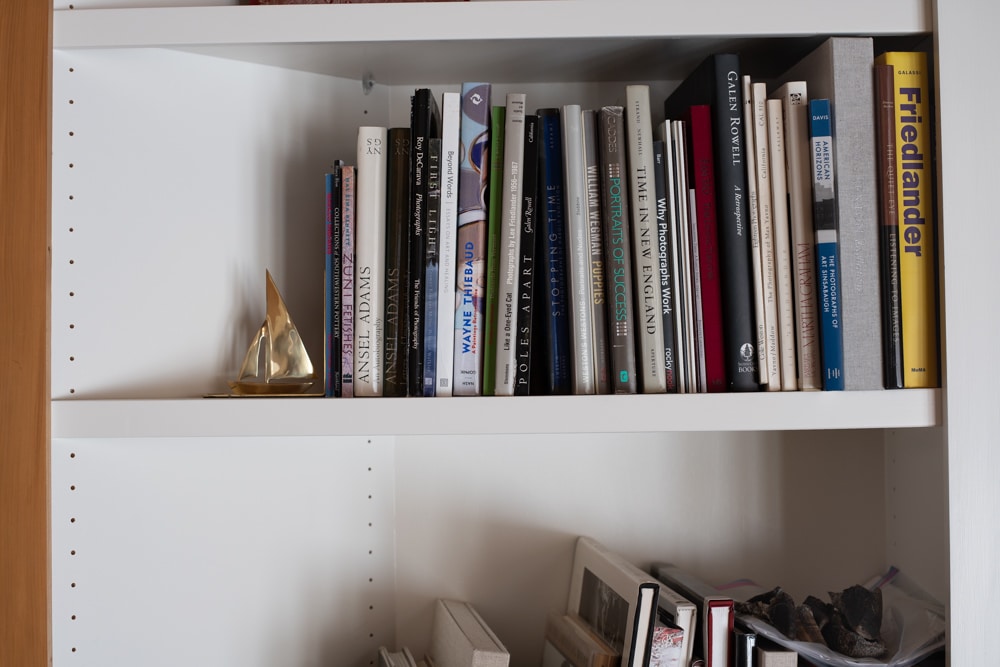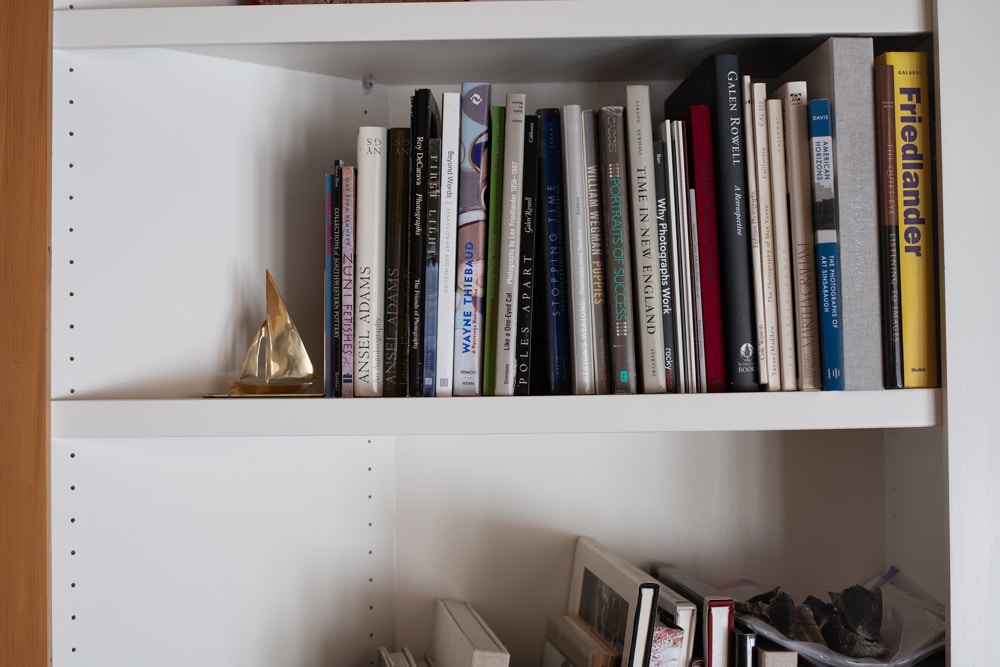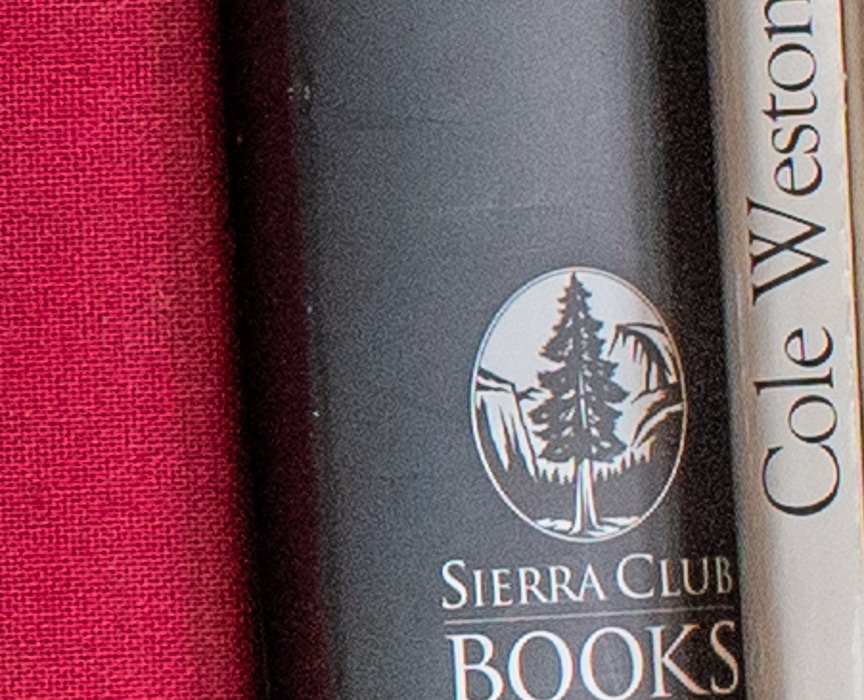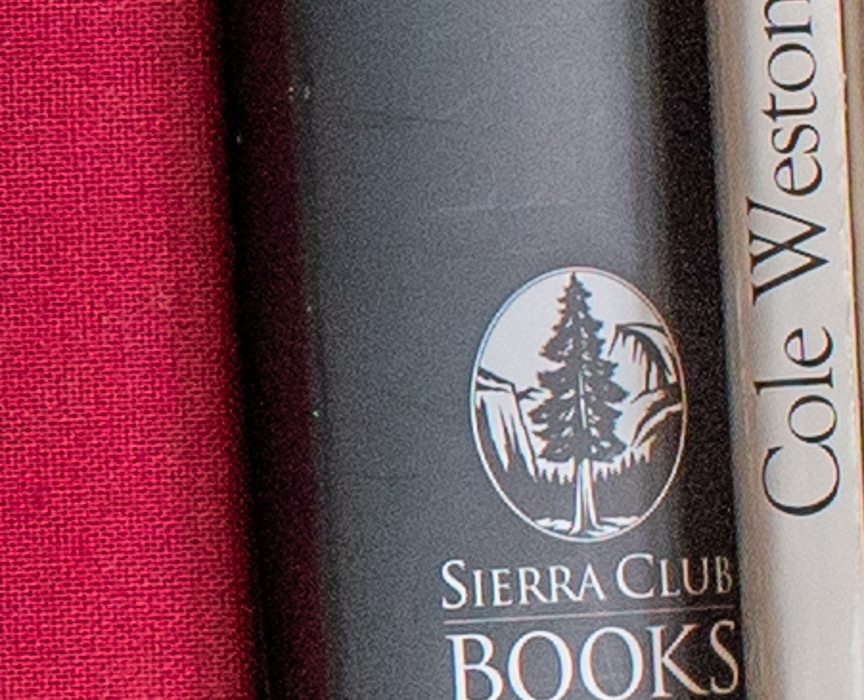This is one more in a series of posts on the Sony a7RIII. You should be able to find all the posts about that camera in the Category List on the right sidebar, below the Articles widget. There’s a drop-down menu there that you can use to get to all the posts in this series; just look for “a7RIII”.
Earlier today, I showed graphs relating to the a7RIII’s noise to the ISO setting in the camera. Then I posted visual takes on the noise differences from ISO 100 through 500. Inthe next post, I did the same thing for ISOs 640 through 5000. In the one just before this one, I extended the series to ISOs 640 through 10000. As expected, the a7RIII looked pretty ISOless above ISO 400. In each of the three sets of images, the exposure was the same, and I compensated for the “underexposure” at lower ISO settings by boosting Exposure in Lightroom.
In all of the above tests, I avoided spanning the point in the ISO setting on the camera where the conversion gain changes, from ISO 500 to ISO 640. Now I’m going to show you pairs of images made with those two ISO settings, with the exposure being increased by one-third stop for the ISO 500 images. Can the increased signal-to-noise ratio (SNR) away from the deepest shadows from the more generous ISO 320 exposure compensate for the increased read noise in those dark shadows?
I made two images of my standard subject for this test all with the same shutter speed, using an Otus 55/1.4 set to f/4. I processed them all in Lightroom with default settings except for a custom white balance that assured that the WB wouldn’t change from image to image. Here are the full-frame images.


I boosted Lightroom’s the shadow slider in Lightroom to +100. I looked at the noise in each image. Here are some crops, magnified to about 200%.


The very deepest shadows — where read noise is the biggest contributor — are less noisy at ISO 640, but the spine of the Siera Club book — where photon noise is the long pole in the tent — is a hair better at ISO 500. I think that, so long as you’re not going to push the shadows really hard in postproduction, there is no practical reason to try to avoid ISO 500 in the a7RIII, in spite of what the numbers say.
Leave a Reply